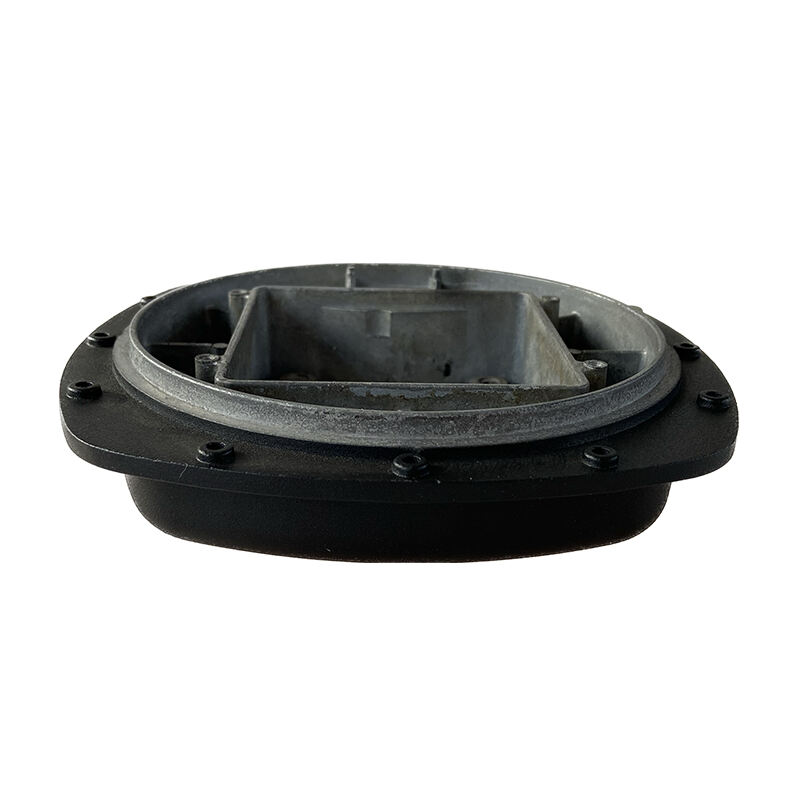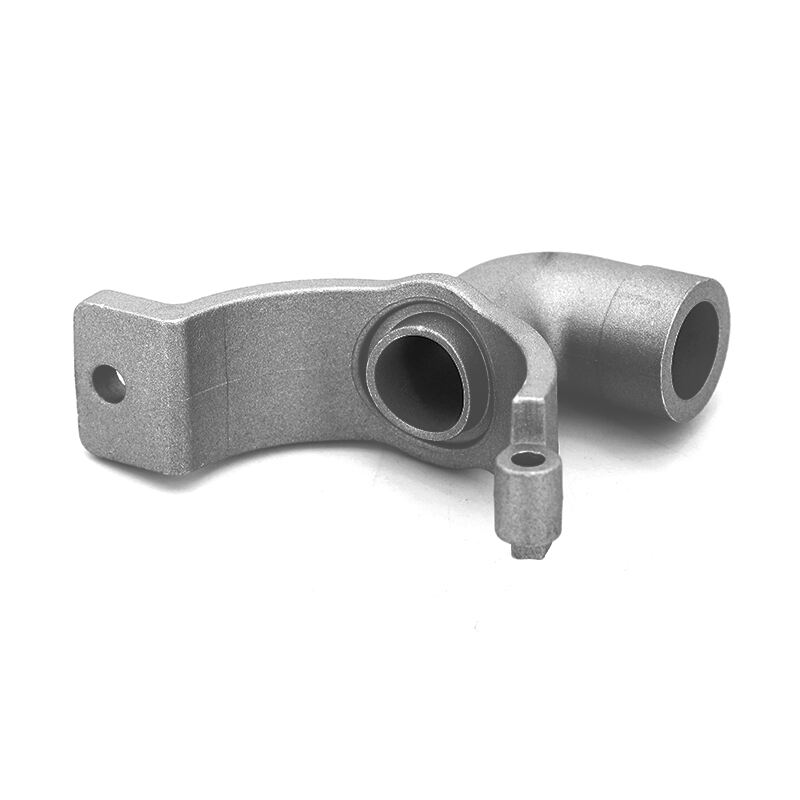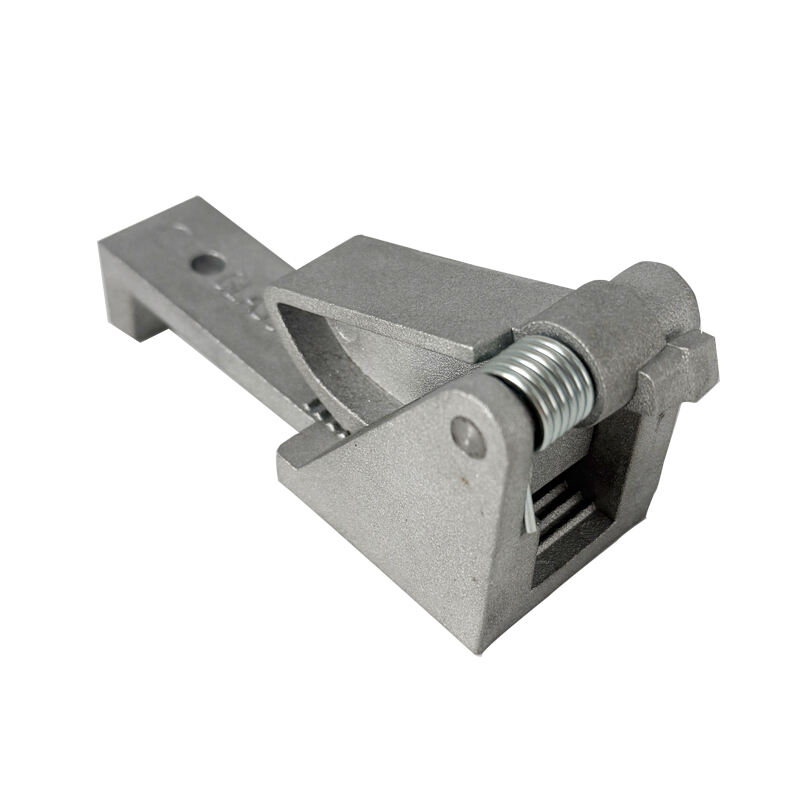aluminium gravity die casting
Aluminium gravity die casting is a sophisticated manufacturing process that involves pouring molten aluminium into permanent metal molds using gravitational force. This method represents a crucial advancement in metal casting technology, offering exceptional control over part geometry and surface finish. The process begins with heating aluminium to its melting point, typically around 660°C, before carefully pouring it into precisely engineered steel or iron dies. These dies are designed with specific cooling channels and venting systems to ensure optimal metal flow and solidification patterns. The process stands out for its ability to produce components with excellent dimensional accuracy, smooth surface finish, and consistent mechanical properties. What makes gravity die casting particularly valuable is its capacity to manufacture complex components with wall thicknesses ranging from 3mm to 20mm, making it ideal for producing automotive parts, industrial components, and architectural elements. The technology employs sophisticated temperature control systems and precise pouring mechanisms to maintain product quality and repeatability. This method proves especially effective for medium to large production runs where high-quality surface finish and dimensional stability are essential requirements.


